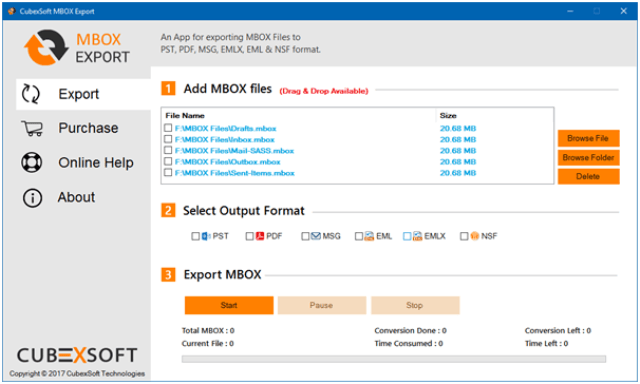

If that’s the case, removing it from the firewall’s blacklist should solve the problem. It may be blocking Apple Mail itself from connecting to the internet. If the firewall does turn out to be the culprit, you need to figure out exactly how it’s stopping you from connecting to your email account. The easiest way to find whether your firewall is blocking Apple Mail is to temporarily disable it and see if you can connect to your email account. Your firewall’s configuration may also be preventing Apple Mail from accessing the internet and connecting to your email account. Domain name propagation is usually over after a couple of hours, though it can sometimes take a day or two. The only thing you can do if the changes to your domain name’s DNS settings haven’t propagated yet is to wait. If you’ve recently switched to a different hosting provider and you’ve modified your DNS settings, the changes may not have propagated throughout the world. Try loading a website and see if other apps connected to the internet work correctly. If you don’t have access to the internet, you don’t have access to your inbox. One of the reasons you may be unable to use your email account with Apple Mail is that you are experiencing connectivity issues.

Here are a few things you might want to look at if you experience problems. Other issues may arise when you’re setting up your account with Apple Mail. Some of them are related to your internet connection or network configuration. You may be unable to access your email account due to many different reasons. The goal of today’s article is to help you identify and fix potential problems you may have with setting up your email account with Apple Mail, macOS’s default email client.


 0 kommentar(er)
0 kommentar(er)
